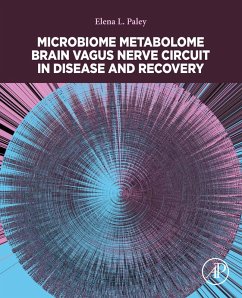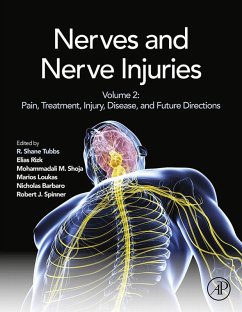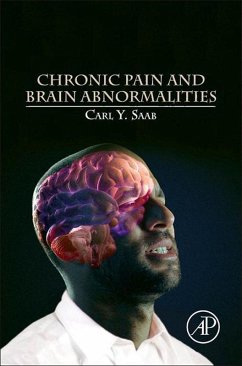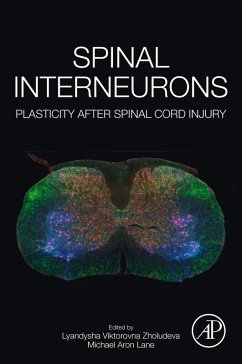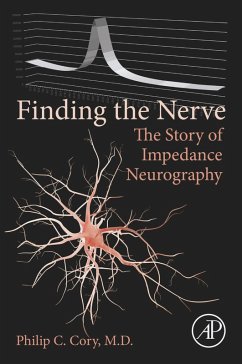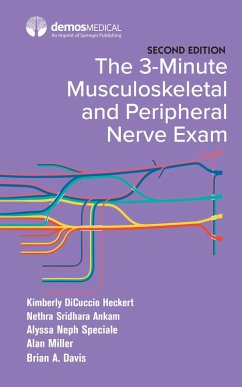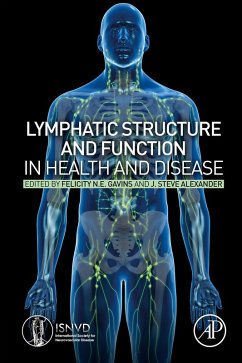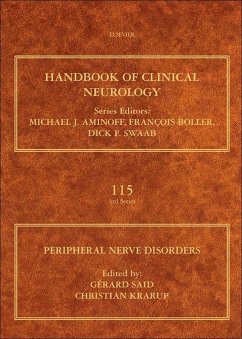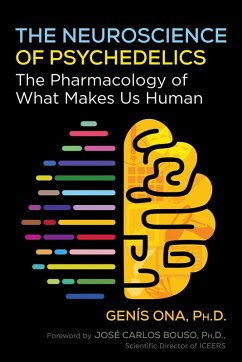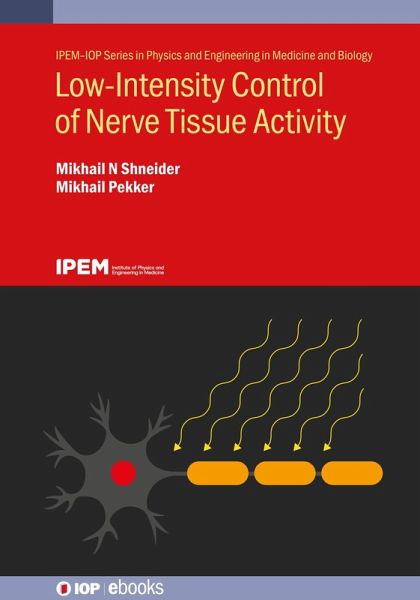
Low-Intensity Control of Nerve Tissue Activity (eBook, ePUB)
Versandkostenfrei!
Sofort per Download lieferbar
79,95 €
inkl. MwSt.
Weitere Ausgaben:

PAYBACK Punkte
40 °P sammeln!
Our book is written primarily for biologists and physicians but also for physicists, engineers, and students who want to understand the mechanisms of stimulation and signal propagation in nervous tissue. It describes in detail the mechanism of ephaptic coupling, which involves the transmission of excitation from an active neuron to a nearby inactive neuron through a conducting intercellular medium. This connection plays an important role in the functioning of the nervous system.The book explains how the interaction of the axon membrane with the electric field of low-intensity microwave radiati...
Our book is written primarily for biologists and physicians but also for physicists, engineers, and students who want to understand the mechanisms of stimulation and signal propagation in nervous tissue. It describes in detail the mechanism of ephaptic coupling, which involves the transmission of excitation from an active neuron to a nearby inactive neuron through a conducting intercellular medium. This connection plays an important role in the functioning of the nervous system.
The book explains how the interaction of the axon membrane with the electric field of low-intensity microwave radiation leads to a redistribution of transmembrane ion channels in the region of the initial segment of the axon, resulting in an increase or decrease in the threshold for action potential excitation, depending on the radiation intensity.
Key Features:
The book explains how the interaction of the axon membrane with the electric field of low-intensity microwave radiation leads to a redistribution of transmembrane ion channels in the region of the initial segment of the axon, resulting in an increase or decrease in the threshold for action potential excitation, depending on the radiation intensity.
Key Features:
- Incorporates understanding biophysical processes which open up the possibility of developing new material devices that can be used in medical practice, particularly in terms of pain management.
- The authors believe that the book stimulates new experimental and theoretical research in the influence of weak microwave fields on the activity of the nervous tissue and physiological processes. Actual experimental techniques are incorporated where appropriate.
- The materials presented in this book will be useful for engineers, scientists, and physicians in terms of the development of significant new advances in pain management.
- It can be used for additional sections in undergraduate and graduate courses for students studying medical physics, biophysics and neuroscience.
Dieser Download kann aus rechtlichen Gründen nur mit Rechnungsadresse in A, D ausgeliefert werden.




